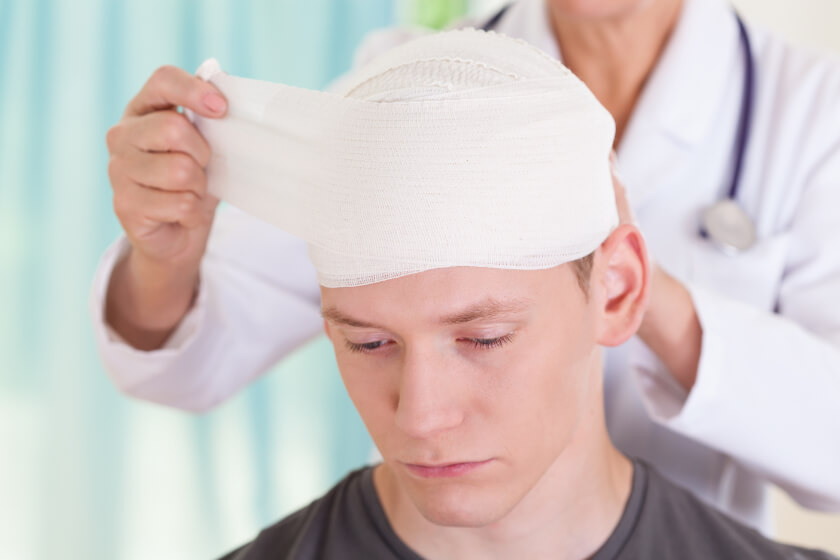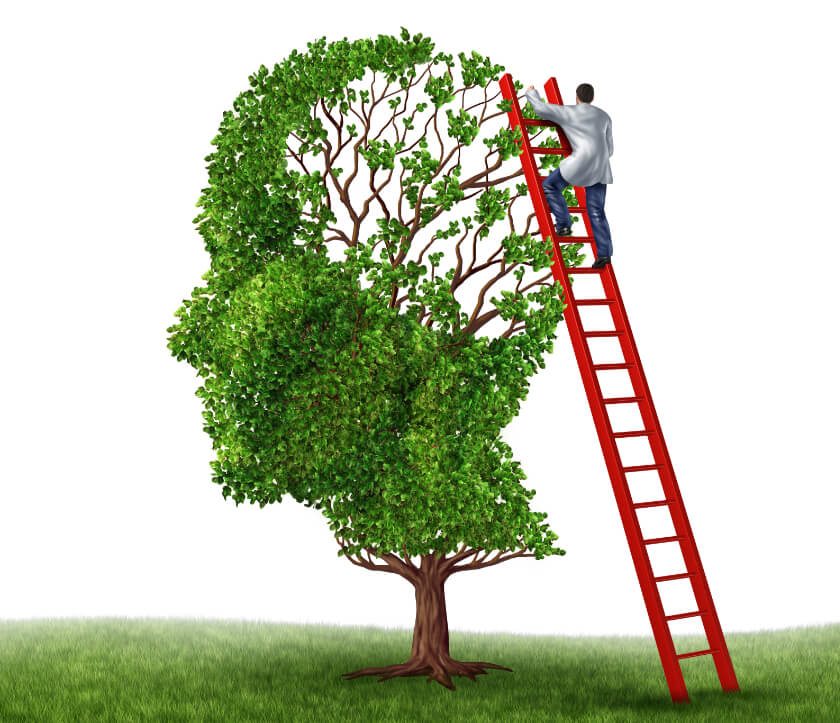

Why are My Joints Stiff and Sore?


Stiff joints can slow you down. Many people feel a bit stiff and sore when they first get out of bed, but some experience joint stiffness and soreness throughout the day. While stiff joints are often the result of aging, certain medical conditions can cause stiff joints. Fortunately, doctors can usually determine the root cause of stiff joints, and suggest a treatment course to help restore mobility.
Anatomy of a Joint
Joints are complex structures in which two or more bones come together in a way that allows you to move your arms, legs, neck, spine, hips, and other parts of your body freely. While bones are the main components of joints, other tissues play a role in the mobility – or stiffness – of a joint. The other tissues of a joint include:
Cartilage – tissue covering the ends of bones that helps reduce friction between the bones of the joint
Synovial membrane – lines and encapsulates the joint; secretes a clear, sticky synovial fluid that lubricates the joint
Ligaments – tough, elastic bands of connective tissue that surround, support, and limit the movement of a joint
Tendons – connects muscles to bones
Bursas – fluid-filled sacs that help cushion the bones of a joint
Meniscus – thin layer of cartilage that cushions certain joints, such as the knee and wrist
Conditions that can Cause Stiff Joints
Osteoarthritis
This type of arthritis causes inflammation of the joints, as well as the breakdown and loss of the cartilage that helps reduce friction when the bones of the joint move against one another. Pain and stiffness develop when the cartilage wears down so much that it cannot prevent friction.
Osteoarthritis (OA) typically affects fingers, hips, knees, back, and neck joints. It is a progressive disease, which means it gets worse over time. Treatment focuses on alleviating pain and reducing inflammation.
Rheumatoid arthritis
Rheumatoid arthritis (RA) is an autoimmune disorder, which means the immune system mistakenly attacks the synovial membrane that lines your joints. There is no cure for RA, but treatment can help reduce pain and stiffness.
Bursitis
The fluid-filled bursae can become inflamed to cause joint pain and stiffness. Bursitis can affect any joint, but is most common in the larger joints of the shoulder, elbow, hips, knees, and ankles. The condition usually heals with rest.
Lupus
Lupus is an autoimmune disorder that causes joint swelling, stiffness, and pain. There is no cure for this progressive disease, but treatment can help reduce symptoms.
Gout
A sudden onset of joint stiffness and pain may be a sign of gout, which is a type of arthritis. The symptoms of gout can come on overnight, and can include severe pain and tenderness, stiffness, and swelling and warmth of the joint. While gout can affect any joint, it typically develops in the big toe. Men are more likely to develop gout than are women.
Treatment focuses on easing symptoms and reducing the blood levels of uric acid, which is a chemical the body creates when it breaks down the purines in liver, mackerel, anchovies, dried beans and peas, and beer.
Lifestyle factors
Certain lifestyle factors, such as weight and diet, can also cause joint stiffness.
Diagnosis and Treatment of Stiff and Sore Joints
Determining the cause of stiff and sore joints can be difficult, as many conditions can cause these symptoms. Your doctor will likely begin the diagnosis process by gathering your personal health history and reviewing the details of your symptoms, such as when they first started and when they usually appear. The clinician will examine the affected joint to look for obvious signs of swelling, redness or warmth.
Depending on these findings, your doctor may order imaging to get a better look at what is going on inside your joints. Your doctor might order a musculoskeletal MRI or an extremity MRI to evaluate the joints and tissues in your arms or legs. A musculoskeletal ultrasound uses sound waves to create high-resolution and real-time imaging without the use of radiation.
Your doctor may even order an arthrogram, which is a special type of test that creates a series of images as you move the affected joint.
Treatment usually depends on the underlying cause of stiff and sore joints, but often focuses on reducing symptoms and improving mobility. Exercise, physical therapy, lifestyle modifications, and medications like acetaminophen (Tylenol), non-steroid anti-inflammatory drugs (NSAIDs), capsaicin cream made from the active compound in chili peppers, and cortisone injections into the affected joint can help treat osteoarthritis, for example. Treatment for lupus may include lifestyle changes and medication, while treatment for rheumatoid arthritis may involve medications, physical therapy, occupational therapy, counseling, and surgery.
For more information on stiff and sore joints, consult with your doctor. Relief from these symptoms, and a return to a normal active lifestyle, may be closer than you think.





